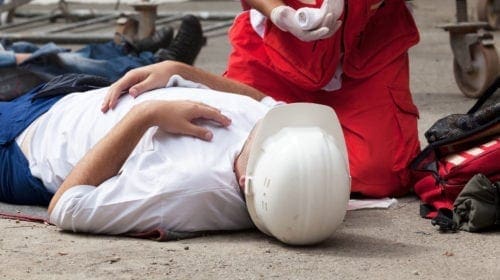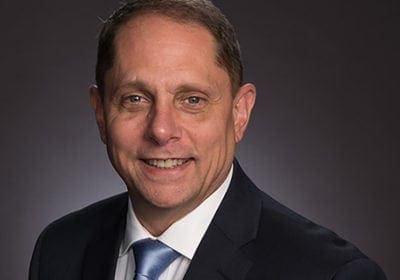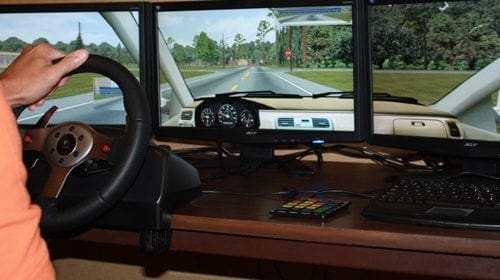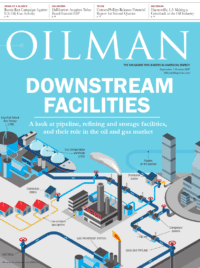Workplace accidents, incidents and near misses cost companies thousands of dollars in insured and uninsured costs every year.
The insured costs can include medical and lost wage compensation. The uninsured costs can include property and/or equipment damage, lost production, loss of business as a result of the incident, damage to a business’s reputation in the marketplace and overtime for investigation time and to cover lost production.
When you compare insured cost versus uninsured cost, the difference can be significant. The generally held consensus is the uninsured cost can range from two to 10 times greater than the insured cost depending on the severity of the incident and whether or not the company carries additional insurance to offset these costs. For example, if the incident resulted in an insured cost of $50,000, the uninsured cost could be from $100,000 to $500,000.
Ask yourself: can your business sustain this type of loss and remain viable in the marketplace?
One method that reduces the chance of reoccurrence is to perform a productive accident investigation. The goal of the investigation process is to identify all factors contributing to the incident. Once identified, these factors can then be used to develop and implement a control plan.
If you do not investigate incidents or do not feel you have the knowledge or skills to investigate, you should use “The Five Whys” technique. This method begins with the resulting injury and works backwards to identify the reason the incident occurred. “The Five Whys” is a simple and effective way to help you determine underlying causes and address them.
Here is an example of an incident that could occur:
A scrap cutter was cutting pieces of a platform into smaller sections.
What happened? The cutter was severely burned by a fire.
The Whys:
1. Why was he severely burned?
- He was engulfed in a cloud of oxygen and acetylene, which caught fire.
2. Why was this mixture present?
- The two hoses he used had developed leaks.
3. Why did the hoses develop leaks?
- They contained small punctures.
4. Why were there punctures in the hoses?
- The hoses are dragged across rough terrain and sharp objects in the yard during the cutting process.
5. Why were they dragged?
- This was a standard process in the yard.
After investigating the accident, the company developed a number of procedures to reduce the possibility of similar incidents from occurring. This included:
- Fire retardant clothing is worn by all personnel cutting material.
- All work is positioned to reduce the need for hoses to be dragged across the yard.
- More cutting stations have been installed to reduce the need to move hoses.
- Hoses are tested weekly for punctures. All defective hoses are replaced immediately.
- Longer cutting torches are used to increase the distance a cutter can stand from the flame of the torch.
- They have increased the amount of fire suppression equipment available in the yard.
- Supervision has increased monitoring of the work site to ensure new procedures are being followed.
- Remember, five is the minimum number of “whys” you should ask. A complex incident will require you to ask more “whys,” but the process remains the same.
As you can see, “The Five Whys” is a concise and direct way to get to the root cause of accidents and incidents. By using the information gained from the investigation, you can increase employee safety, improve work processes, minimize the potential for incidents to reoccur and keep your insured and uninsured costs lower.
LWCC offers its policyholders free online training, on-site training, webinars and many more value-added safety resources. LWCC’s team of safety services consultants are located throughout the state to help policyholders create a safe workplace for their employees.
Richard Perkins, CSP, is the safety services manager for LWCC. Headquartered in Baton Rouge, La., LWCC is a private nonprofit mutual insurance company that is rated “A” (Excellent) by A.M. Best Company. As the largest writer of workers’ compensation insurance in Louisiana, LWCC employs over 240 people and serves approximately 20,000 policyholders in the state. Named to the 2017 Ward’s 50 group of top-performing insurance companies, LWCC was recognized for achieving outstanding results in the areas of safety, consistency and performance over a five-year period, 2012–2016. For more information, please visit www.lwcc.com.










